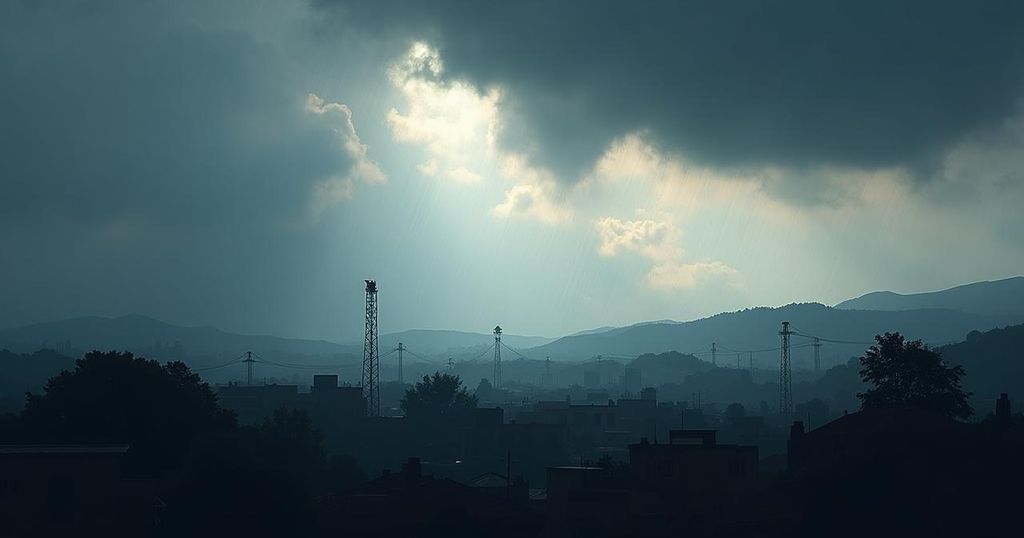Concerns Arise Over Recovery Efforts in Noto Peninsula Amidst Severe Rainfall

Nine months after a 7.6-magnitude earthquake struck Japan’s Noto Peninsula, heavy rainfall has caused renewed concern over recovery efforts. Flooding has displaced evacuees from both the earthquake and severe weather, complicating reconstruction initiatives.
Nine months following the devastating 7.6-magnitude earthquake that struck the Noto Peninsula in Japan, there are growing concerns that heavy rainfall may impede ongoing recovery efforts. On September 21, torrential rain impacted the northern region of the peninsula in Ishikawa Prefecture, further complicating the reconstruction of homes and infrastructure which had already suffered damage due to the earthquake on New Year’s Day. As of the latest reports from the Ishikawa Prefectural Government, there are 454 individuals displaced due to the recent severe rainfall in addition to 348 evacuees from the earthquake. Flooding has affected temporary housing facilities located in six designated areas within the cities of Wajima and Suzu, necessitating the relocation of these residents to facilitate critical restoration efforts.
The Noto Peninsula experienced a significant geological event on January 1, resulting in extensive damage to residential and commercial structures. Recovery initiatives have been underway for several months, aimed at restoring the lives of those affected. However, recent meteorological phenomena, characterized by severe rainfall, have prompted fears that these recovery operations could face setbacks. This situation is particularly dire due to the compounded effects of the rainfall on already vulnerable housing and infrastructure.
In summary, the recent heavy rainfall in the Noto Peninsula poses a substantial risk to the ongoing recovery efforts from the January earthquake. With hundreds displaced from both the earthquake and subsequent floods, active restoration and support measures are urgently required to mitigate further delays in rebuilding the community’s future.
Original Source: www.japantimes.co.jp






